Wulfenstein Construction Company Paves An Oasis in the Desert
BY AsphaltPro Staff
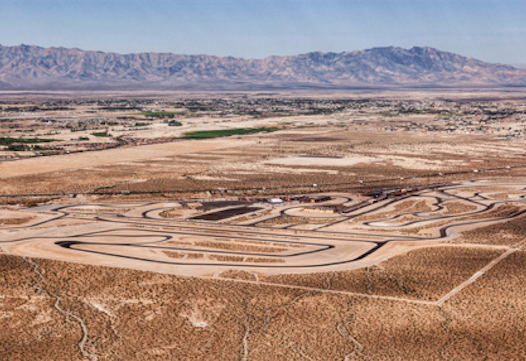
It was 1972 when Ray Wulfenstein moved his family from Las Vegas to Pahrump, Nevada, to pursue his dream of developing real estate amid the fields of cotton and alfalfa.
Within 15 years, he had built a hotel, RV resort, car wash, restaurant and strip mall with a variety of tenants, including a Laundromat, mortgage dealer, landscaper, auto shop, hair salon, doctors’ offices and more. These developments offered key goods and services to allow for residential development. Since 1970, the city of Pahrump has grown from 5,000 residents to more than 36,000, according U.S. census data.
What Ray accomplished was more than develop real estate. Ultimately, he developed an oasis in the desert—the last stop for tourists on the way from Las Vegas to Death Valley.
“His big dream was to build a destination spot,” said Ray’s grandson and current operations manager of Wulfenstein Construction Company Inc., Bryan Wulfenstein. Most people who visit Death Valley National Park end up staying the night before and after their visit in Pahrump. Retirees flock to the RV park, and the small town has scores of international visitors passing through. “He saw what the future could be, and he built for that. That was his vision.”
To assist with development, Wulfenstein Construction Company bought a batch asphalt plant in the early ’80s and set it up in Pahrump. Over the years, the company has acquired rights to several gravel pits in and around town, some private that they own and some that they’ve leased from the Bureau of Land Management, and continues to process its own aggregates to this day. Although most of the Wulfenstein’s aggregates are used for its own jobs, the company also supplies aggregates to other producers.
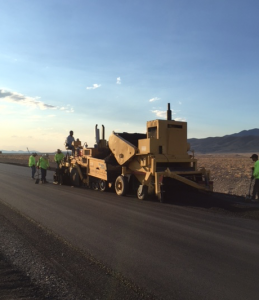
The Wulfenstein paving crew paves in Death Valley in the summer of 2016. Despite the heat, the crew wears long-sleeved shirts, and many of them are wearing hats to protect themselves from the sun.
“My grandfather and my dad did a good job forecasting the growth of the town and positioned themselves with great locations for mining,” Bryan said. “In those days, there was a lot less red tape, but our private pits in town are grandfathered in.”
Today Wulfenstein Construction Company continues to pave in one of the hottest parts of the country and most of its laydown work is for the park service, the California Department of Transportation (CalTrans), the Nevada Department of Transportation and Nye County, Nevada. In fact, they’ve been responsible for multiple paving projects at Death Valley National Park. Death Valley is home to the highest temperature ever recorded on Earth—134.1 degrees Fahrenheit in 1913 at Death Valley’s Furnace Creek Ranch.
Today, the company employs 48 people during the paving season at its plant—a portable ADM plant and a 1998 BDM 432 TPH hot-mix plant—and on its laydown crew.
Despite its focus on highway paving, the company hasn’t entirely cut ties with its resort roots. In the early 2000s, the company paved the Spring Mountain Motor Resort and Country Club, where Chevrolet offers advanced driving schools for Corvette owners. Over the years, Wulfenstein has paved around 10 miles of road course racetrack there and will soon be starting on a project to develop the area for the construction of 115 houses along the racetrack.
“Not everyone wants to live along a golf course,” Bryan said. The property also includes a lake—also built by Wulfenstein Construction Company—and a country club facility. So, you could say Wulfenstein Construction Company has been providing the Pahrump area with vacation amenities for more than 40 years.
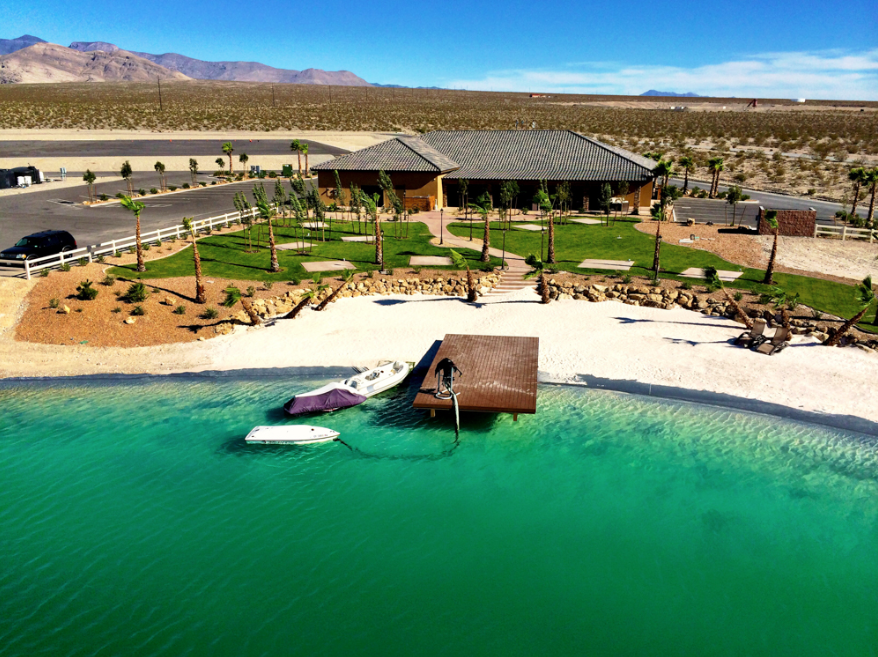
The 10 miles of road course racetrack at Spring Mountain Motor Resort was paved by Wulfenstein Construction. The facility offers advanced driving schools for Corvette owners.
Good Mix Matters
Wulfenstein’s eight-person paving crew paves with a Blaw Knox PF-5510 track paver equipped with a Topcon sonar grade system, a fleet of D series rollers from Caterpillar, and a Dynapac CP271 pneumatic roller.
To accomplish its paving jobs, Bryan works with paving Foreman Rafael Flores.
“He’s the guy on the ground working with the crew. He’s exceptional at seeing the grade and understanding every step of the process,” Bryan said. Bryan’s role is to control the flow of trucks coming in and working with inspectors.
According to Bryan, one of the key aspects of paving in such extreme heat is staying exceptionally well organized. Of course, starting early—before the sun comes up—is important, but getting the trucks there as soon as they can is also very important.
“The main thing is planning ahead so you’re ready to go early and can get done by the peak heat of the day,” Bryan said. “You need to have enough trucks lined up so the crew isn’t sitting there waiting for mix and just baking in the sun.”
Another challenge when working in extreme heat is making sure the entire crew and the inspector is patient during the rolling process.
“The inspectors are on you because they’re afraid you’re going to get to that minimum temp when you can’t roll it anymore, but it’s important to be patient when it’s that hot,” Bryan said. “We’re so used to needing to hit the mat while it’s hot, so it’s hard to be patient and let it cool off a bit. You don’t want to over-roll and thin out the mat and lose your density.”
The Wulfenstein laydown crew also likes to work with warm mix when appropriate. “We have more time with it because it’s pliable longer and a lot more forgiving,” he said.
Bryan said the crew’s greatest strength, which also contributes to its speed and efficiency, is how well the crew works together. “We’ve been laying down asphalt together for a lot of years, so we know each other’s movements,” he said. The crew also trusts that every step of the way—from the mix design to the striping—will be done right.
“We have exceptionally consistent quality of our mix,” Bryan said, adding that his father’s knowledge of mix design is integral to the laydown crew’s success.
“[My dad’s] a genius when it comes to mix design and putting them together while staying on spec and producing a consistent material,” Bryan said. “It’s easier for us to hit our densities because our material is so consistent.”
Jim Wulfenstein, Bryan’s father, learned mix design through reading industry resources, attending conferences and training sessions, calling plant manufacturers, watching others succeed, and simply trying things out for himself.
“He’s put in a lot of sweat equity,” Bryan said. “He was always in someone’s ear, trying to learn from them. He’s the type of person who doesn’t stop until he knows everything.”
Bryan also credits its mix quality to the quality of its aggregates. The company’s BLM plant is located in a pit Wulfenstein has leased for 30 years, right at the mouth of a wash that comes down from Mount Charleston. “It’s really good, hard limestone and it binds well to the asphalt oil,” Bryan said.
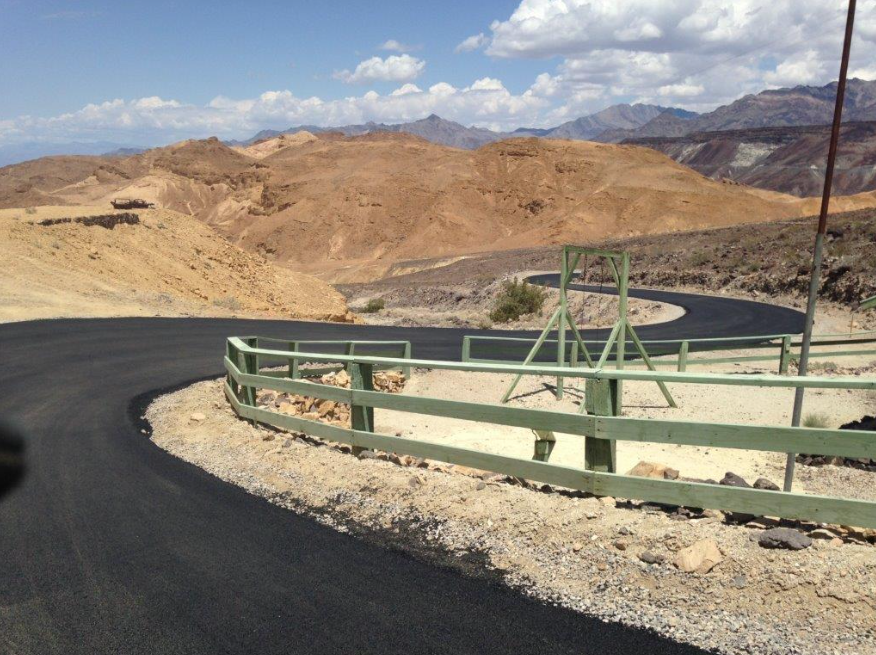
Over the years, Wulfenstein Construction has completed a number of paving jobs for Death Valley National Park. Death Valley holds the record for the hottest temperature ever recorded on Earth.
Stand Out With Superpave
It was also the company’s plant that helped the laydown crew weather the 2008 recession.
“It was actually the recession that encouraged us to spend a lot of time and effort getting Superpave mix design,” Bryan said. “The local economy tanked and there wasn’t much money in town and county work, but highways were still being built. We needed to make sure we were on track to do what they needed us to do.”
They company teamed up with Eastern Sierra Engineers out of Lake Tahoe, Nevada, to develop its Superpave mix design in Eastern Sierra’s lab. Now, Wulfenstein Construction Company remains one of the only providers of Superpave mix in the area.
“Other companies would have to go through the cost of setting up a mobile plant to get the mix they need for these types of jobs,” Bryan said. “It’s a big benefit to us, having all that stuff done already. It makes us a sole source of Superpave in our area.”
The company completed its first Superpave job for Federal Highways in Death Valley National Park in 2014 and now, all of Federal and CalTrans jobs require Superpave. Even the local counties are beginning to use Superpave. “We’ve done some test sections for them,” Bryan said, “and they’re putting together a thin lift asphalt preservation program utilizing Superpave in Nye County.”
“We’re in a very good position to grow right now,” Bryan said.
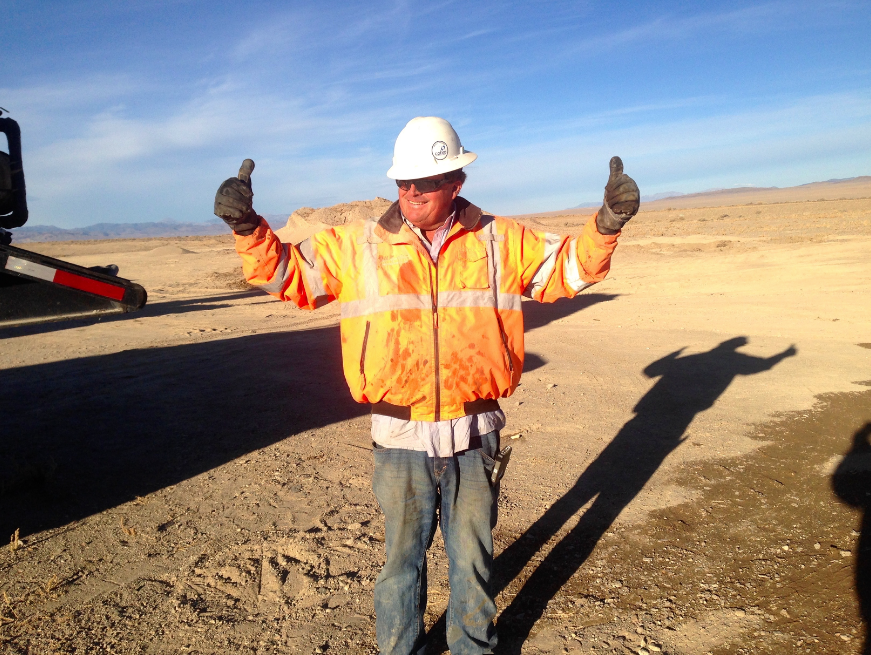
Bryan’s father, Jim Wulfenstein, learned mix design through reading industry resources, attending conferences and training sessions, calling plant manufacturers, watching others succeed, and simply trying things out for himself.
A Future Focused on Laydown
About 65 percent of Wulfenstein Construction Company’s business is in asphalt production, and the rest, laydown. Almost two thirds of the company’s asphalt is sold to other area contractors and they use the rest on their own jobs.
“Our whole thing is if we make asphalt, we make money,” Bryan said. “So we’ll do a lot of laydown projects because it helps us sell more asphalt.”
However, Bryan hopes to expand the company’s laydown work—particularly on federal highway projects—in the future.
“We always want to lay more asphalt,” Bryan said. “We’ve proven we can do it well. Our company has been successful in more of the specialized paving projects large or small. It would be great to go out and capture more of the laydown work and showcase our abilities on an even larger scale.”
“I think laydown will have a significant role in the future of the company. I enjoy contracting, I have a good foundation, and my dad says he’ll run with me until the end of time,” Bryan said. “[My dad’s] always told me he’ll go into the gravel pit and send me as much asphalt as I need.”
If Bryan has his way, his father will be very busy in the gravel pit in the coming years.
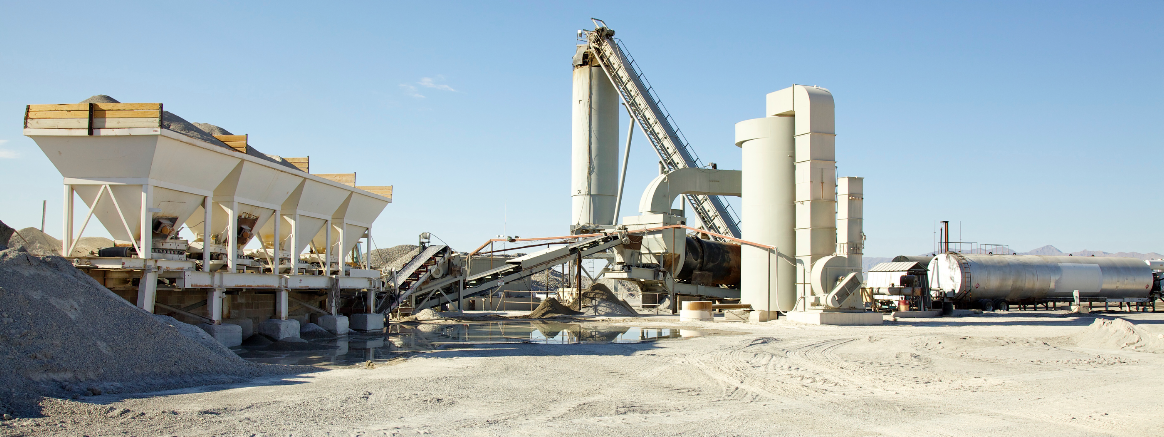
Wulfenstein Construction Company owns a 1998 BDM 432 TPH hot-mix plant, shown here, as well as a portable ADM plant.
